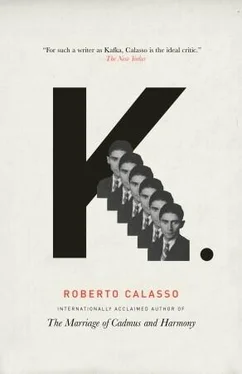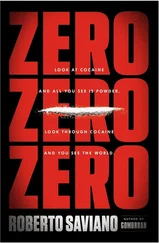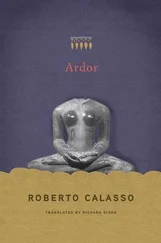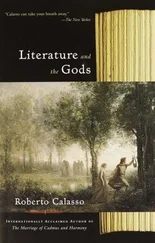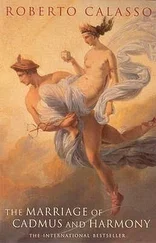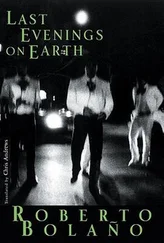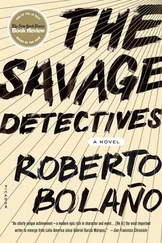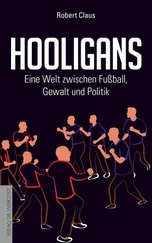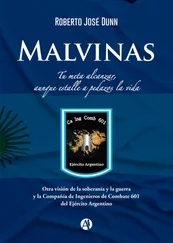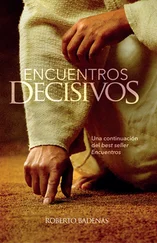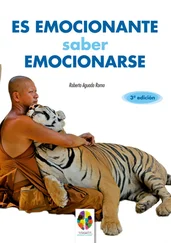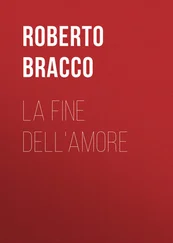We find the first account, like a war bulletin, in a letter to Felix Weltsch (mid-November 1917):
Dear Felix, the first great flaw of Zürau: a night of mice, a frightening experience. I am unscathed and my hair is no whiter than yesterday, but it was the most horrifying thing in the world. For some time now I’ve heard them here and there (my writing is continually interrupted, you’ll soon see why), every now and then at night I’ve been hearing a soft nibbling, once I even got out of bed, trembling, to take a look, and then it stopped at once — but this time it was an uproar. What a dreadful, mute, and noisy race. At two I was awakened by a rustling near my bed and it didn’t let up from then until morning. Up the coal box, down the coal box, crossing the room diagonally, running in circles, nibbling the woodwork, whistling softly when not moving, and all the while the sensation of silence, of the clandestine labor of an oppressed proletarian race to whom the night belongs.
But wasn’t it Kafka himself to whom the night belonged? Now he discovered that beside him, behind him, above him, the same belief held sway among an “oppressed proletarian race” that worked without respite. His anxiety was brought on more than anything else by the sensation that those multitudes had “already perforated all the surrounding walls a hundred times, and were lying in wait there.” (This was the same race that was waiting, unseen, to obsess the builder of “The Burrow,” who one day said: “What an incessantly industrious race and how bothersome their zeal can be.”) Their smallness rendered them elusive and unattackable, and thus all the more terrifying. As for Kafka’s coveted nocturnal solitude, it now seemed more like confinement at the center of a porous surface, pierced by countless malevolent eyes.
After that first night, no matter to whom he was writing — whether Brod or Baum or Weltsch — Kafka spoke of mice. The subject lent itself to endless variations, all the more so when Kafka introduced, in self-defense, the presence of a cat, which raised further questions: “I can drive the mice away using the cat, but then how will I drive the cat away? Do you imagine you have nothing against mice? Naturally, you don’t have anything against cannibals either, but if at night they crept out from under all the cupboards gnashing their teeth, you surely couldn’t bear them any longer. Anyway, I’m now trying to harden myself, observing the field mice on my walks; they’re not so bad, but my room isn’t a field and sleeping isn’t walking.” The same amalgam of the outrageously comic and the appalling — a gift of Kafka’s, like the mysterious irreducibility of certain Shakespearean verses — characterizes all his epistolary accounts of the Zürau mice, out of which will someday grow the speculations of “The Burrow” and the events of “Josephine the Singer, or the Mouse Folk.” The “mouse folk” would remain for Kafka the ultimate image of community.
Brod, who could lend a touch of kitsch to anything, described Kafka’s stay in Zürau as an “escape from the world into purity.” He also viewed it — he wrote to his friend — as a “successful and admirable” enterprise. It would be hard to find two adjectives that irritated Kafka more. He replied to Brod with a closely argued letter in which he explained that the only sensible conclusion he had ever reached in his life was “not suicide, but the thought of suicide.” If he didn’t go beyond the thought, it was due to a further reflection: “You who can’t manage to do anything, you want to do this?” And here was his closest friend speaking to him of success, of admiration, of purity. In his reply, Kafka invoked for the first time (the only other instance was in his Letter to His Father ) the final sentence of The Trial , applying it to himself: “It seemed as though the shame must outlive him.”
On September 15, after three days in Zürau, Kafka wrote: “You have the chance, if ever there was one, to begin again. Don’t waste it.” He had understood the manifestation of his illness as a provisional leave of absence from the torment of normal life. He was entering what would prove to be a unique period. Looking back on his time in Zürau, he would one day write to Milena, referring to himself in the second person: “Consider also that what may have been the best period of your life, which you haven’t yet spoken about adequately to anyone, were those eight months in a village, about two years ago, when you thought you had settled every account, when you confined yourself only to that which is unquestionably within you, without letters, without the five-year postal connection to Berlin, protected by your illness, and when you didn’t have to change much of yourself, but had only to retrace more firmly the old narrow features of your being (your face, beneath the gray hair, has hardly changed since you were six).” Confining his own field of action to what lay “unquestionably” within himself seems to have been Kafka’s lifelong aim. But if there was a time when he tried to pursue it with absolute rigor, in part because his external circumstances conspired to assist (“the voices of the world becoming quieter and less numerous”), it was during the Zürau months. It is in this context that we must understand, as a kind of daring experiment made possible only under these conditions, the appearance of a new form: the aphorism. New first of all in a physical, tactile sense: Kafka typically wrote, in pen or in pencil, in school notebooks, barely even marking divisions between one text and the next as he filled them; now, however, he puts together a sequence of 103 individual slips of onionskin paper, each measuring 14.5 centimeters by 11.5 centimeters, each containing, with rare exceptions, a single numbered fragment, generally aphoristic. The sequence has no title. Brod’s suggestion— Reflections on Sin, Suffering, Hope and the True Way —is both appealing and, in its solemnity, misleading, but it rightly suggests the fact that these slips of paper constitute the only text in which Kafka directly confronts theological themes. If there is a theology in Kafka, this is the only place where he himself comes close to declaring it. But even in these aphorisms, abstraction is rarely permitted to break free of the image to live its own life, as if it has to serve time for having been autonomous and capricious for too long, in that remote and reckless age when philosophers and theologians still existed.
Prior to transcribing them on those slips of onionskin, Kafka had written the Zürau aphorisms in two octavo notebooks, among other fragments, some of the same nature and equally penetrating. The numbering follows, almost without exception, the order in which the aphorisms appear in the two notebooks. It is thus impossible to attribute to the sequence a reasoned organization, as we can for example in the case of Wittgenstein’s Tractatus . It’s also impossible to determine why some of the aphorisms on the onionskin sheets are crossed out: they are not of a particular type, and what’s more, some of them are among the most noteworthy. Kafka himself never alluded to these aphorisms either in letters or in his other writings. No evidence exists, therefore, not even indirect evidence, that he intended to publish them. But their very mode of presentation suggests a book of roughly a hundred pages, where each page would correspond to one of the slips of onionskin. This book is like a pure diamond, buried among the vast carboniferous deposits of Kafka’s interior. It would be pointless to seek, among twentieth-century collections of aphorisms, another as intense and enigmatic. If published one after the other, these fragments would occupy twenty or so pages and would be almost suffocating — because each fragment is an aphorism in the Kierkegaardian sense, an “isolated” entity, which must be surrounded by an empty space in order to breathe. This need explains the point of transcribing them one to a page. But even the definition of aphorism is misleading, if we understand that word as currently used to mean “maxim.” Some of these fragments are narrative (for example, 8/9, 10, 20, 107), others are single images (15, 16, 42, 87), and others are parables (32, 39, 88). We find a similarly various texture in Kafka’s Diaries , but here every redundancy, every arbitrariness, every insistency, has been stripped away. In their terseness and in their deceptive clarity, these sentences have an air of finality. They are the rapid brushstrokes of an exceedingly old master, who distills everything into these brief flicks of his wrist, guided by an “eye that simplifies to the point of utter desolation.” That’s how Kafka defined his gaze in a letter of that period.
Читать дальше
